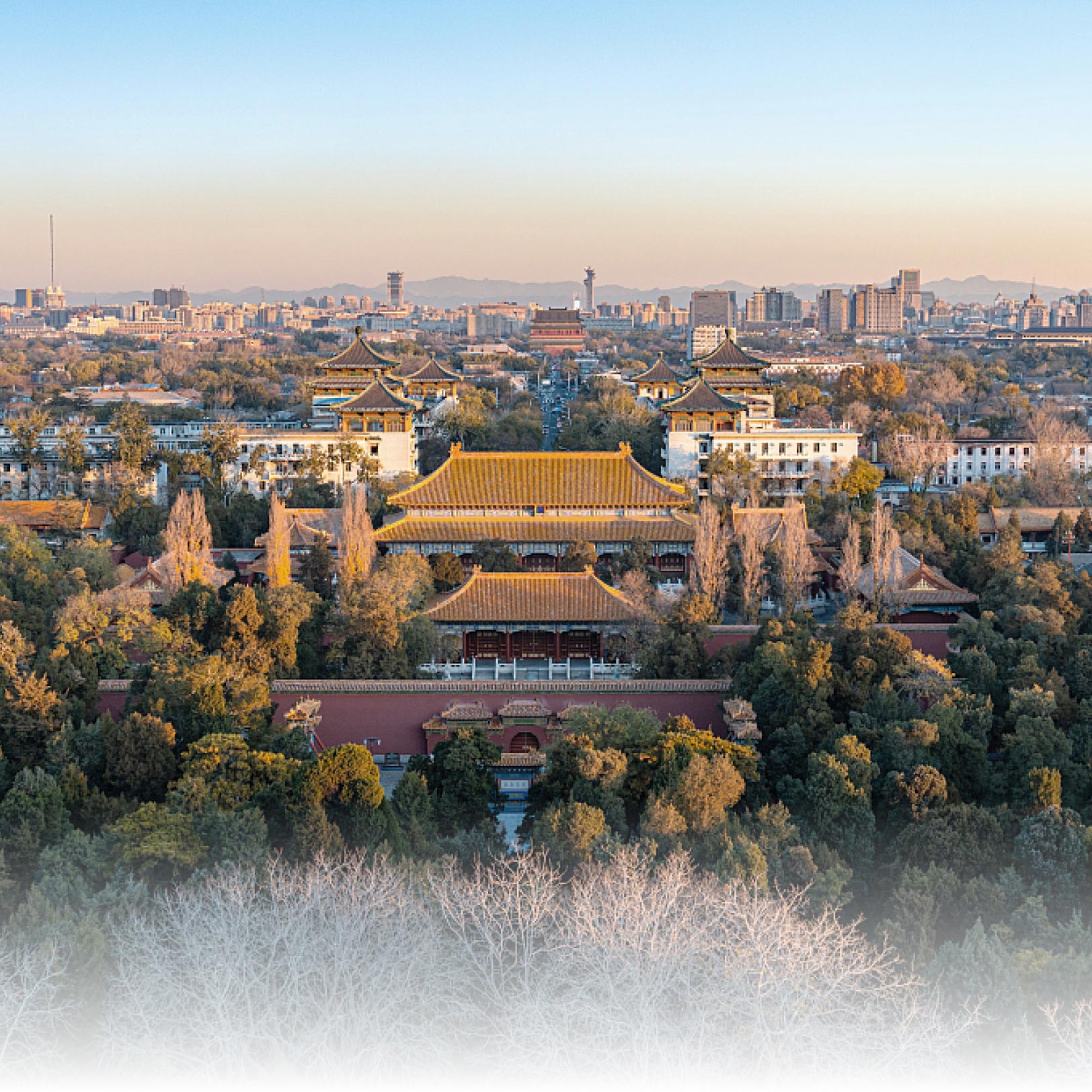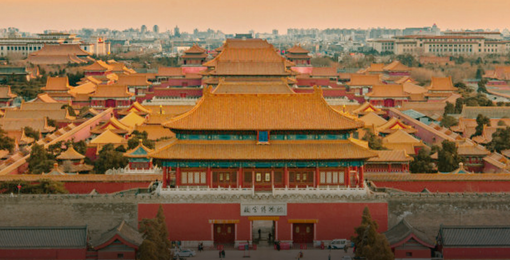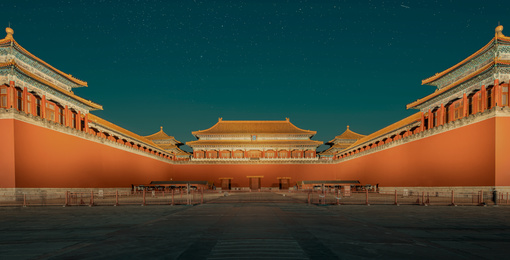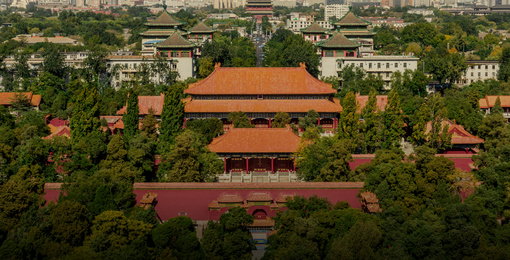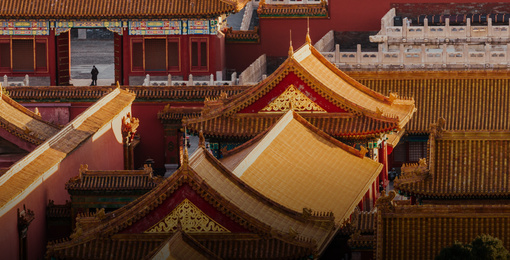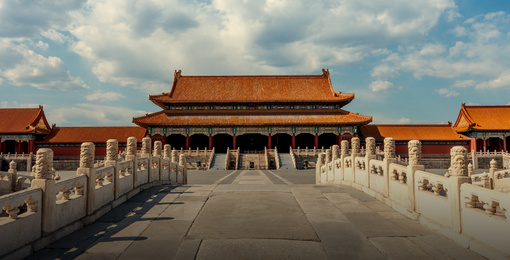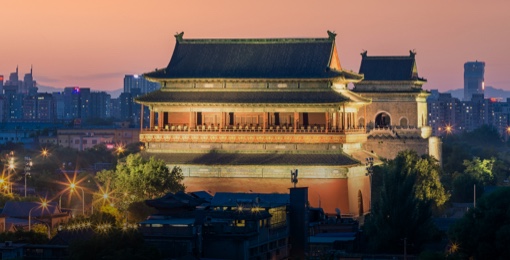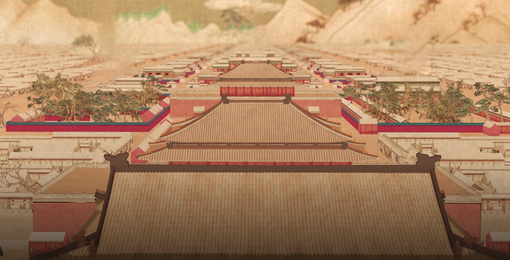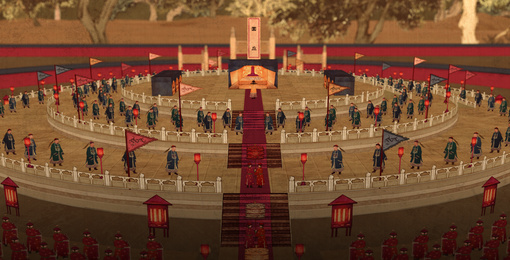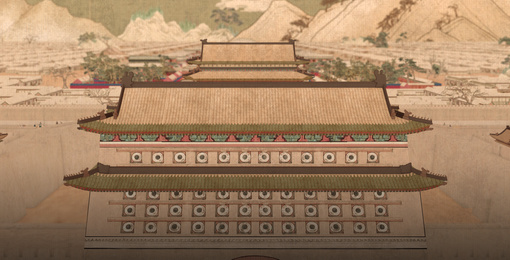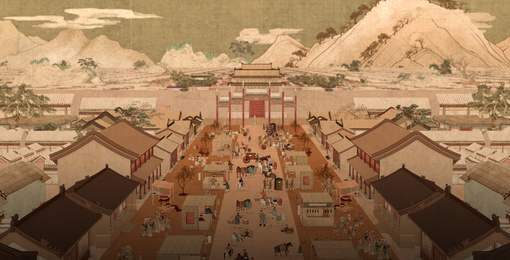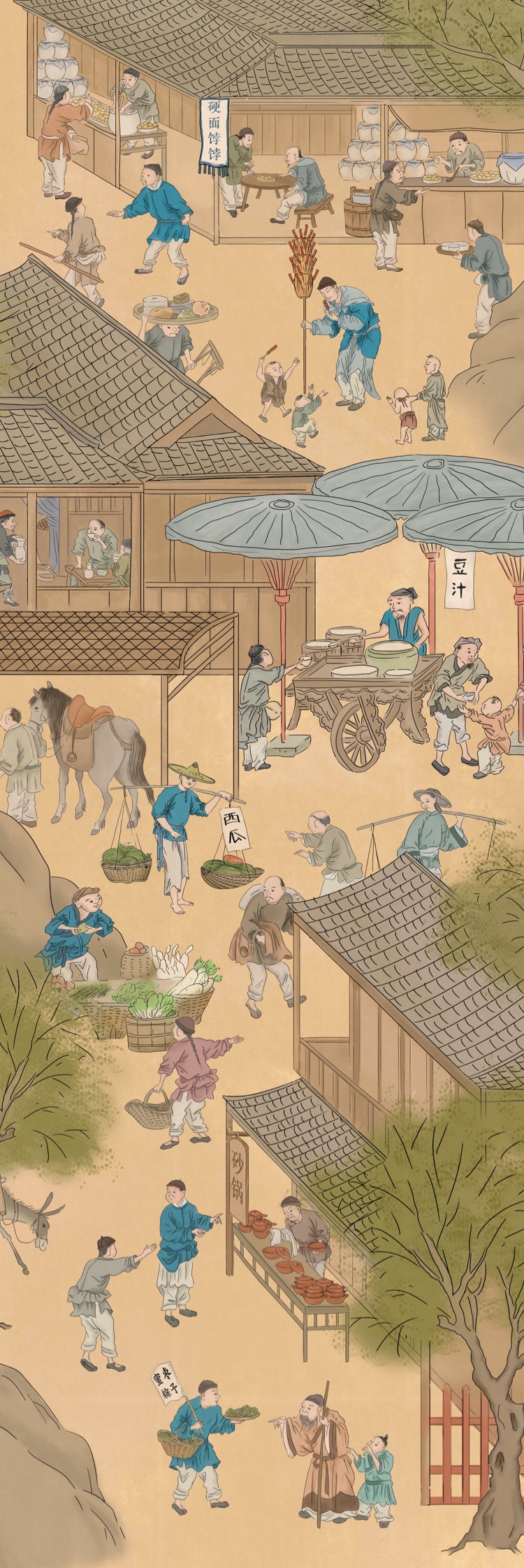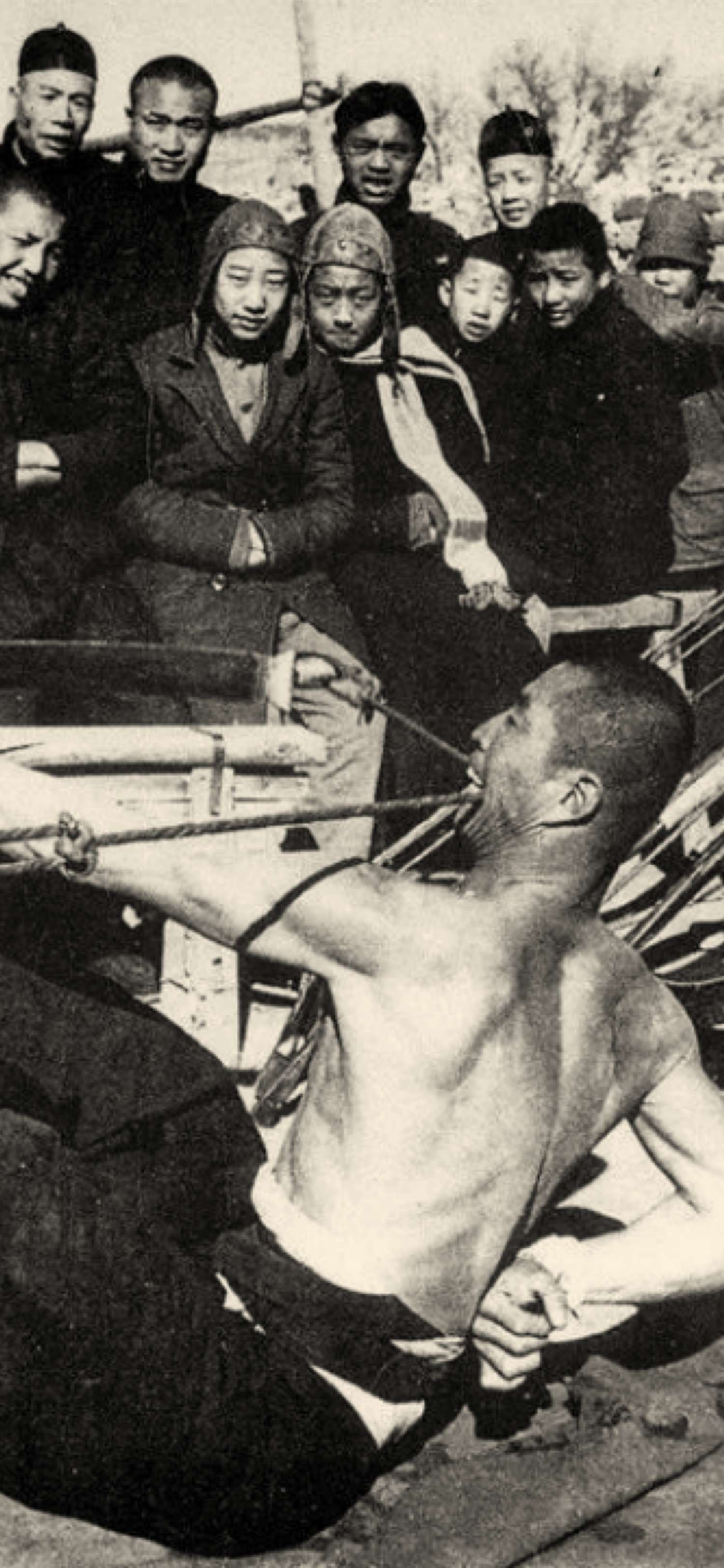Zhushikou (literally “Entrance of the Pearl Market”) was called “Entrance of the Hog Market,” with “pearl” and “hog” homophonic in Chinese. Therefore, the area had initially been a market for selling pork.
Tianqiao (literally “Celestial Bridge”) originated from a stone bridge built to facilitate the emperors’ passage to the Temple of Heaven and the Altar of the God of Agriculture to offer sacrifices during the Ming and Qing dynasties. Since a Chinese monarch called himself the “Son of Heaven” and the purpose of the emperors’ sacrificial rituals was to communicate with heaven, the bridge got its name, the “Bridge of the Son of Heaven” or simply “Bridge of Heaven,” pronounced as Tianqiao.
click to see more





